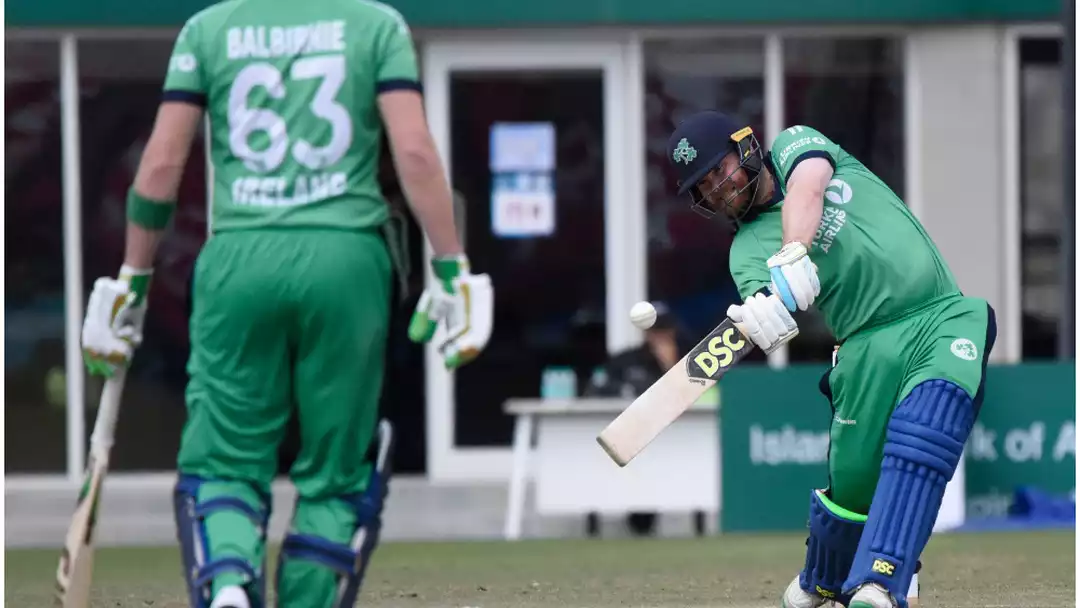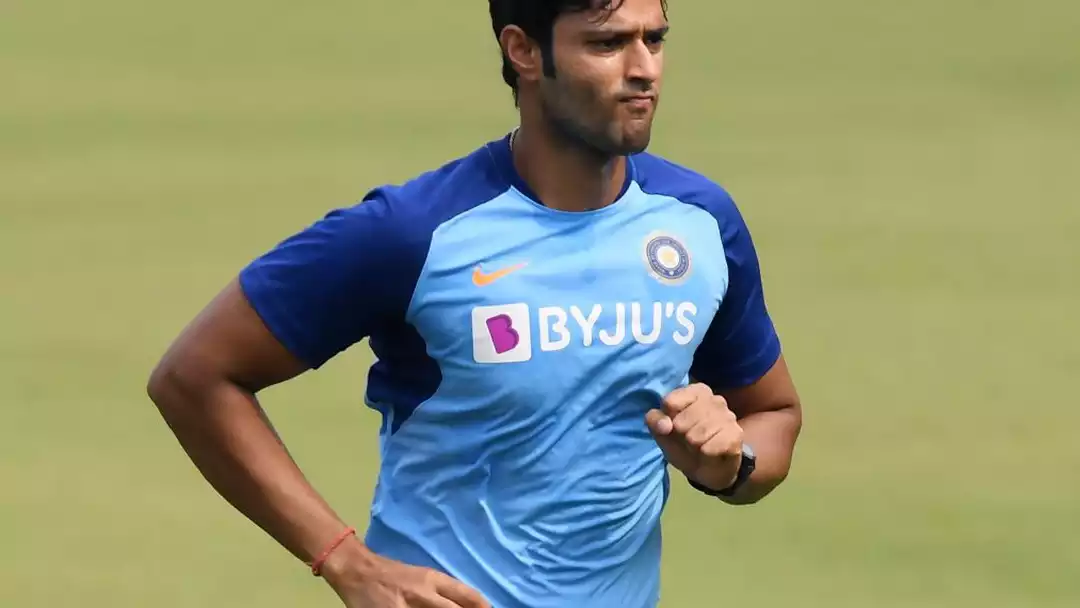India’s unblemished performance in their inaugural match against Ireland is a noteworthy accomplishment. In spite of the hazardous circumstances, they were able to deliver a few strikes to the antagonists. Their World Cup campaign commenced with a straightforward, albeit agonizing, start.
Players were exceedingly susceptible to injury under these circumstances. The clouds rolled in, and the pitch beneath them was alarmingly spongy, with a bounce reminiscent of a tennis ball and a movement of the seams. The Indian batters’ ability to endure the rigorous batting environment was an accomplishment in and of itself. All competitors, with the exception of Rohit Sharma, who was compelled to retire due to an injury sustained to his shoulder, were declared safe.
Despite the fact that a victory was inevitable after Ireland was bowled out for 96, the Indian batters encountered a difficult journey to the end. The batters were required to receive strikes to their arms, shoulders, fingers, and occasionally, the helmet. Four days later, the team administration was glad to discover that all batters were still available for the significant game against Pakistan. Vikram Rathour, the batting coach, stated, “Everyone is in good health and appears to be in good shape.”
The bowlers dominated the bat with extraordinary authority, resulting in the team batting first failing to surpass 100 runs for two consecutive games. The conditions were not conducive to T20 play, and as one might anticipate, there were inquiries regarding whether the pitch was hazardous following the match. The challenge will only be exacerbated against Shaheen Afridi, Haris Rauf, Naseem Shah, and Mohammad Amir if it remains true to form.
A new orb that is not easily manipulated
The new ball was the most challenging aspect of the batting process. It was accompanied by a statutory safety warning. By the tenth over of the Ireland innings, half of the Irish lineup had returned to the pavilion. It would be prudent for India to exercise caution with respect to their back-end batting, as there are numerous opportunities for wickets to fall in a massed manner in the early innings.
The Indian bowlers capitalized on the conditions to perfection after their captain did them a favor by correctly calling the toss against a not-so-dominant Ireland batting lineup. Jasprit Bumrah was the most lethal of the three, as he scythed through the top border up front with a pair of scalps and Hardik Pandya ran through the middle order with 3 for 27. The delivery of the match was his short ball to Harry Tector, which was rendered ineffective due to the wicket’s bounce. The ball accelerated and reared up at a high velocity, striking Tector’s gloves on its way to the headgear. It then ballooned away to the off-side, where it was easily caught.
“Yeah, Mike Tyson stated that any deviation from the game plan would result in a punch to the face, and I believe there was some impressive bowling.” I believe they have three or four genuine quick bowlers who have performed at this level and whom we have observed over time. Additionally, we appear to have communicated effectively. “However, it is one thing to discuss it; it is quite another to execute it under pressure when there is a certain level of quality coming at you,” admitted Ireland coach Heinrich Malan.
Bumrah achieved an astonishingly impressive two-for-six record. “I would not be dissatisfied if the bowlers receive assistance, given that I am from India and the ball is bouncing around.” In this format, it is necessary to be proactive and adapt to the circumstances. I made a concerted effort to adhere to the existing plans and return to the methods that have proven successful for me. The India spearhead stated, “You always want to cover all the bases in these conditions.”
Not an even playing arena
The Indian team was afforded the indulgence of playing a warm-up game in this location, whereas Ireland entered the stadium for the first time on Thursday and were immediately confronted with a fierce attack. “It is evident that it is not optimal when you consider the situation.” The first time we captured some specimens today was during the warm-up. Therefore, while it is not optimal, it is not a justification. Malan stated, “It is what it is.”
A misstep by Kohli and Rohit’s restrained aggression
India’s pursuit of 97 could have been effortless on a different pitch and at a different venue; however, it necessitated meticulous management on the treacherous surface. Rohit Sharma (52 retired injured off 37 deliveries) demonstrated this ability. In the PowerPlay, Kohli failed to adhere to his new ultra-aggressive approach and charged out to meet a short, good-length delivery. He only managed an edge with his attempted loft over extra cover, which landed in the third man’s grasp, while Rohit persevered through a few false shots.
In contrast, Rohit’s inimitable draws and hooks were unleashed after he survived the new ball. He was not in a haste to capitalize on the restricted field. Kohli’s wicket could serve as a wake-up call for the Indians, as it may indicate that it is simpler to strike behind square at the outset. They may then be better equipped to confront Shaheen Afridi and team.



